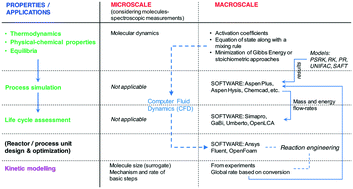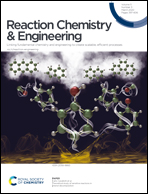The use of process simulation in supercritical fluids applications
Abstract
The use of supercritical fluids is spreading more and more throughout the world. The interest in them and their applications is clear from the increasing number of papers and patents in the last few years, as well as by the number of new research groups and facilities. When applied to process engineering, mathematical modelling is a powerful tool to gain insight into the impact of the process parameters under a large variety of conditions, which reduces the required experimentation and, hence, the economic and time resources. This review deals with modelling at molecule scale (molecular dynamics) and, more specifically, at macroscale (thermodynamic methods) in order to estimate thermodynamic and transport properties as well as the kinetic parameters needed for the subsequent process simulation. This latter is usually performed for chemical and energy processes, such as supercritical water gasification, supercritical water oxidation, biodiesel production using supercritical methanol and different applications of supercritical carbon dioxide, among others. As a further step, this type of simulation can be refined using computational fluid dynamics, thus optimizing the design of process units involved in specific processes in a rigorous way. Many recent papers are discussed in the context of simulation and modelling related to supercritical fluids applications, taking into account the software used to perform this type of study.



 Please wait while we load your content...
Please wait while we load your content...